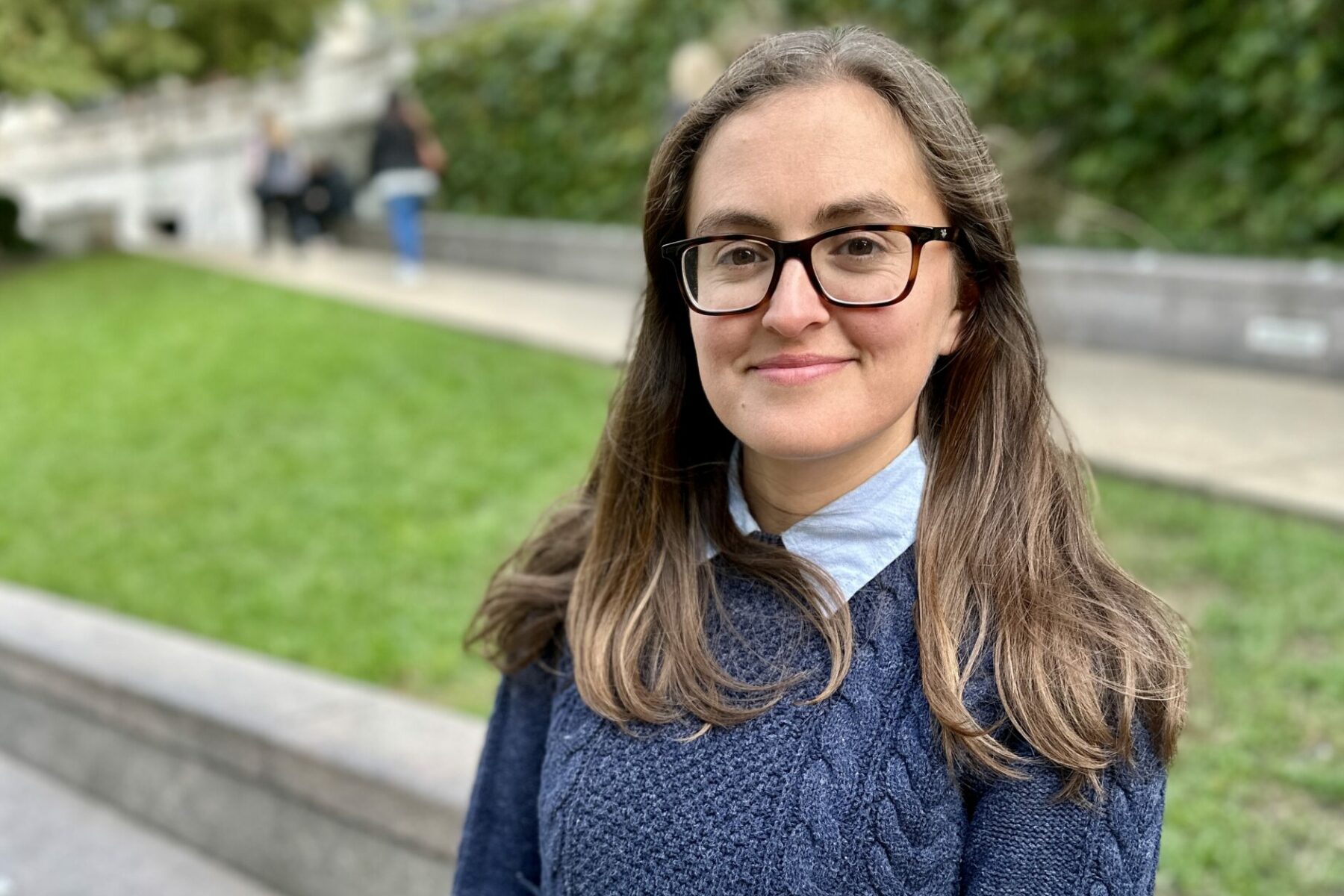Chicago's Greyhound Station
November 24, 2025
Coalition Supports Public Intercity Bus Station
As organizations that advocate for safe, effective, and efficient transportation, here’s why we are excited to support the growth and transformation of 21st century intercity bus travel to and through Chicago.
By Lena Guerrero Reynolds, Communications & Policy Advocate
Today, ELPC convened a broad coalition of environmental, economic, and other advocacy organizations to tell Mayor Brandon Johnson and 34th Ward Alderman Bill Conway to support a publicly-owned intercity bus station in Chicago.
Dear City Leaders,
Last year, when Chicago’s downtown bus station was at risk of closure, a coalition of advocates called on the city to save the station and save riders from getting kicked to the curb. Thank you for heeding our call!
We’re glad to hear that the City of Chicago is considering purchasing and renovating the old Greyhound station on Harrison Street. A publicly owned station opens new doors for improving the rider experience and improving connections between travel modes. As organizations that advocate for safe, effective, and efficient transportation, here’s why we are excited to support the growth and transformation of 21st century intercity bus travel to and through Chicago.
Intercity Bus Travel is a Vital Lifeline
I sold my car before moving, and so I rely 100% on public transit. When I visit friends and family in Iowa/other nearby states, having Greyhound is essential. – Coalition Member
According to DePaul’s Chaddick Institute, intercity buses serve people with lower incomes, less car access, and higher unemployment than the average population. People with disabilities, students getting to school, women seeking reproductive healthcare, LGBTQ residents fleeing persecution, and domestic violence survivors are just a few of the thousands who depend on this station now. Two-thirds of intercity bus riders have incomes below $40,000, and one-third have incomes below $20,000. More than a quarter of them have no other viable travel option.
As we head into the busy holiday travel season, lots of Midwesterners are probably reconsidering if they can afford to fly or drive to visit family. Cost of living is rising, from groceries and car payments to healthcare and childcare. We need affordable and accessible bus service now more than ever.
Chicago’s Station Provides Immense Value
 At the heart of the country, Chicago is a major hub for the Midwest’s intercity bus network. And just a few blocks from Union Station, the current Greyhound Station is also a critical transfer point between planes, trains, and automobiles. Without a bus station here, it would be harder to travel to and through the city to destinations without train access, including Des Moines, Madison, Fort Wayne, or Columbus. The station runs a peak of 82 buses daily, carrying over 500,000 passengers, which is more than many publicly owned airports in Illinois, such as Bloomington-Normal, Champaign, or Rockford.
At the heart of the country, Chicago is a major hub for the Midwest’s intercity bus network. And just a few blocks from Union Station, the current Greyhound Station is also a critical transfer point between planes, trains, and automobiles. Without a bus station here, it would be harder to travel to and through the city to destinations without train access, including Des Moines, Madison, Fort Wayne, or Columbus. The station runs a peak of 82 buses daily, carrying over 500,000 passengers, which is more than many publicly owned airports in Illinois, such as Bloomington-Normal, Champaign, or Rockford.
Taking the bus is one of the most environmentally friendly ways to travel. Every bus rider who gets pushed to fly or drive increases the carbon emissions of their trip by four to five times! We cannot afford to add more congestion with more cars to our roads or emissions to our air.
Public Ownership Opens New Opportunities
Greyhound has always had partnerships with other interlined bus companies, such as Barron’s, Burlington Trailways, and Hoosier Ride. But the private station has never served everyone. Some intercity bus companies have had to use the curbs nearby, because they weren’t affiliated with Greyhound. Without access to bathrooms and safe waiting areas, these travelers can burden local residents through no fault of their own. A publicly owned station can centralize all bus service into one convenient hub, supporting travelers while reducing local impacts.
Additionally, the land purchase alone is a great deal for the city. Downtown Chicago is a valuable place to be, so if we can obtain an entire block and renovate the station for only $50 million, that is a bargain. It’s also just a fraction of what we regularly spend on major transit, airport, and highway improvements, while generating a significant return for the city and region. We have public facilities for people who travel by air and rail. People who travel by bus deserve that same dignity.
The current Greyhound station is operating under a tenuous month-to-month lease. It is essential that the City of Chicago move quickly to buy the station and begin plans to renovate so that we do not lose access to this critical resource nor squander the opportunity for better.
Thank you,
A Just Harvest
Access Living
Active Transportation Alliance
AFGE Local 704
Alliance of the Southeast
Better Streets Chicago
Center for Neighborhood Technology
Climate Reality Project, Chicago Chapter
Elevated Chicago
Environmental Law & Policy Center
Faith in Place
Greater Chicago Food Depository
Illinois Environmental Council
League of Women Voters of Chicago
Little Village Environmental Justice Organization
Metropolitan Planning Council
North Lawndale Community Coordinating Council
Shriver Center on Poverty Law
Sierra Club Chicago
Union League Club of Chicago




